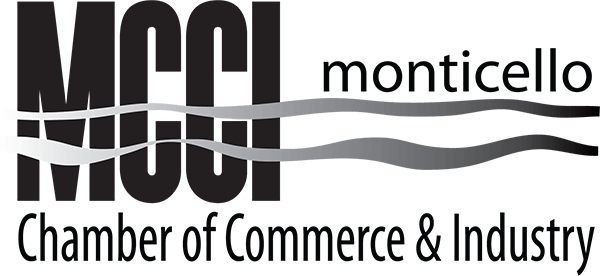Imagine walking into your warehouse and knowing precisely how much of each product you have, what’s on order, and what needs replenishment. For many entrepreneurs, this dream is a daily reality, thanks to effective inventory management. With the right techniques and tools, you can begin optimizing costs and enhancing operational efficiency while staying ahead of emerging trends like automation and advanced software.
Tailoring Inventory Solutions to Your Business
To effectively manage inventory, first identify the specific needs of your business. For a newly established company, an easy-to-use inventory app might suffice, but as your business scales, you’ll need more sophisticated tools for diverse inventory and flexible invoicing. Understanding your unique demands can help prioritize the right features, such as tracking batches and lots, which ensures that you never run out or overstock. Tools that provide real-time data on sales, costs, and inventory levels can significantly enhance decision-making and operational efficiency.
Simplifying Document Organization in Inventory Management
Maintaining well-organized documents is crucial for effective inventory management, ensuring you can track inventory data accurately and efficiently. By saving your documents as PDFs, you benefit from a universally accessible format that is easy to share and preserve. Utilizing an online tool that allows you to convert files to PDFs through a simple drag-and-drop interface can significantly streamline your document management process. These tools also help in reducing manual errors and enhancing data consistency. For instance, platforms like this website offer seamless conversion, ensuring your inventory records are always in order.
Streamlining Work-in-Progress Inventory
Handling Work-in-Progress (WIP) inventory, which consists of items that are partially through the production process, is essential for maintaining efficient manufacturing operations. To manage WIP efficiently, it’s crucial to swiftly identify and address production bottlenecks, ensuring smooth material flow and avoiding excessive build-ups. Utilizing strategies like the Just-In-Time (JIT) method can minimize waste by aligning production with demand, thus reducing unnecessary WIP inventory. Regular reviews of inventory policies allow for timely adjustments based on changing business conditions, further optimizing WIP management and enhancing overall production efficiency.
Perfecting Demand Forecasting Techniques
Selecting appropriate demand forecasting methods is pivotal for effective inventory management. Qualitative techniques, such as expert opinions and market surveys, give you a broad view based on judgment and expertise, though they are susceptible to human error. On the other hand, quantitative methods, like time series analysis, rely on historical data to predict future trends, utilizing statistical techniques such as regression analysis to extend these trends into future projections.
Building Strong Supply Chain Relationships
Identifying crucial supply chain partners and establishing clear communication channels are paramount for any successful entrepreneur. You need to select partners with a robust track record in areas such as compliance with global regulations, IoT, and quality sourcing, which will ensure that each stage of the supply chain runs smoothly. Once your partners are in place, defining formal and informal communication channels, such as emails and collaboration platforms, is essential to share updates efficiently. Regularly scheduled meetings and performance metrics can further enhance this communication, making sure all stakeholders are aligned and misunderstandings are minimized.
Designing an Efficient Warehouse Layout
Understanding warehouse layout and design is crucial for optimizing your operations and enhancing efficiency. By strategically planning the layout, you can streamline the movement of goods, reduce handling time, and cut labor costs, all of which contribute to faster order fulfillment. Additionally, a well-thought-out design ensures safety by maintaining clear pathways and appropriate storage for hazardous materials, thus safeguarding both employees and inventory. Integrating advanced technologies like AutoStore can further maximize space utilization, making your warehouse more scalable.
Mastering inventory management requires continuous improvement and adaptability, beyond just tools and techniques. By refining strategies and adopting innovative solutions, you can meet demand, exceed expectations, and drive growth. Inventory management is dynamic, evolving as your business scales. Stay proactive and let your inventory systems fuel your entrepreneurial ambitions. With the right approach, you can turn complexity into simplicity and challenges into opportunities for success.
Elevate your business with the Monticello Chamber of Commerce & Industry, your gateway to growth, resources, and community connections!This Hot Deal is promoted by Monticello Chamber of Commerce and Industry.











